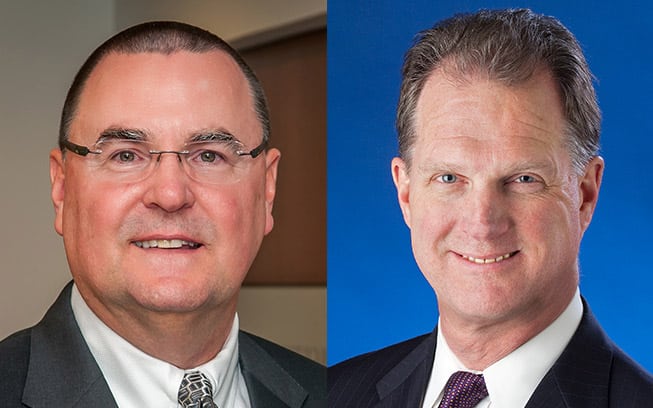Seattle-Tacoma International (SEA) was the fastest-growing large hub airport in the United States in 2014, with passenger traffic increasing by 7.7 percent. Its passenger load has gone up by 13.1 percent this year so far and its growth, because of a strong economy in the region and growing international business, is expected to continue.
The airport is embarking on a $1.7 billion capacity enhancement program that will modernize and expand its North Satellite Concourse by eight gates, reconstruct a runway, add an updated baggage system and construct a new International Arrivals Facility. These projects, says Mark Reis, SEA’s managing director and the immediate past-chairman of Airports Council International-North America, will commit all but 10 percent of the airport’s projected passenger facility charge revenue stream until 2035.
The problem, he adds, is that the airport needs another $10 billion in projects to meet the projected passenger increases over the next two decades. Revenues from the uncommitted portion of the PFC are expected to be about $8 million annually, which would barely make a dent in those projected costs, he says.
Reis and Todd Hauptli, president and CEO of the American Association of Airport Executives, testified on behalf of the airport industry Thursday at a Senate Aviation Operations Subcommittee hearing on the need for Congress to eliminate or raise the PFC cap from the current $4.50 to $8.50 in order to help them cover the costs of significant investments ACI-NA says are need systemwide.
SEA is expected to see traffic increase to 66 million passengers by 2034, up 28.5 million from the airport’s 2014 numbers. Despite planning for significant investment in the short term, Reis says the initial series of projects leaves the airport far from capable of dealing well with that kind of increase.
“Yet despite this significant investment, Sea-Tac will not be able to keep up with airline or passenger demands,” he says. “In 2021, even after adding the eight new gates, we anticipate that the airlines will need to load and unload some flights by transporting passengers by bus to and from as many as 12 remote hardstand locations because we will not have sufficient gate capacity.”
Hauptli called the PFC a local fee that is “determined locally, justified locally and used locally,” and adds that the funds don’t flow through the federal Treasury. He reminded senators they have not increased the PFC cap since 2000 and that it has lost purchasing power in the time since.
“Modernizing the PFC cap is the best way to provide airports with the resources they need to finance critical infrastructure in a way that doesn’t impact the federal deficit,” he says. “If the federal government can’t – or won’t – provide airports with enough federal funds, it should get out of the way and let airports generate local revenues themselves.”






